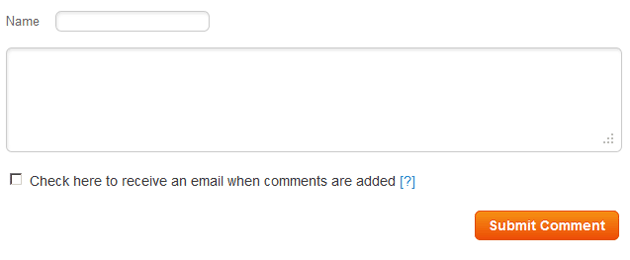Question
Topic: Branding
Branding Dental Surgerys What Are The Top Ten Tips
Working within the Dental medium an as it is so diverse would love to get some feedback and tips on successful ways to brand individual practices?
Related Discussions
- Advertising
- Small Business Branding
- Event Brand Design
- Horizontal Or Vertical Marketing?
- Need Title For A Product Launch Event
- Branding Using My Name - Play On Name
- Looking For A Powerful Tagline For My Adhd Parent
- Pickleball Co Brand Strat Help
- Short Catchy Headline Of A Value Proposition
- Product Brands & Company Owners
- Search more Know-How Exchange Q&A
Community Info
Top 25 Experts
(Branding)
- Jay Hamilton-Roth 41,952 points
- Gary Bloomer 19,103 points
- Mike Steffes 7,478 points
- wnelson 6,940 points
- SteveByrneMarketing 6,741 points
- Peter (henna gaijin) 6,541 points
- Blaine Wilkerson 5,949 points
- cookmarketing@gmail. 5,171 points
- saul.dobney 4,438 points
- darcy.moen 4,308 points
- Mushfique Manzoor 3,978 points
- Gail@PUBLISIDE 3,635 points
- telemoxie 3,227 points
- ReadCopy 3,093 points
- Chris Blackman 2,605 points
- Levon 2,191 points
- SRyan ;] 2,159 points
- Deremiah *CPE 2,051 points




